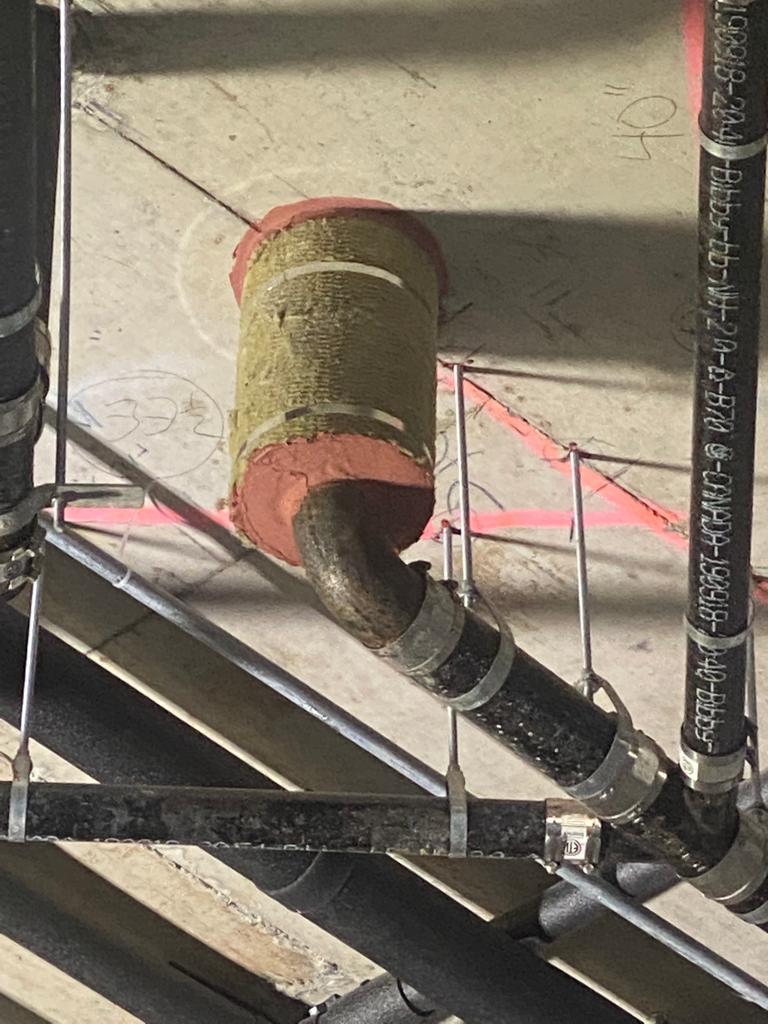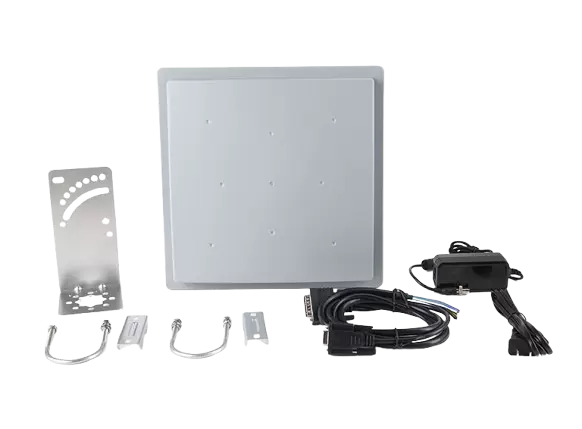Unveiling the Most Common Type of Insulation: A Comprehensive Guide

Insulation plays a crucial role in maintaining energy efficiency and comfort in buildings. With a wide range of insulation materials available, it's essential to understand the most common type of insulation and its characteristics. In this comprehensive guide, we will delve into the world of insulation and explore the most prevalent type used in various industries.
Section 1: Understanding Insulation and Its Importance
- Definition of insulation and its role in energy conservation.
- The significance of proper insulation in reducing heat loss and gain.
- Benefits of insulation in terms of energy efficiency, cost savings, and environmental impact.
Section 2: Exploring Different Types of Insulation
- Overview of various insulation materials, including fiberglass, cellulose, foam, and mineral wool.
- Comparison of their thermal conductivity, R-value, and installation methods.
- Pros and cons of each insulation type, considering factors such as cost, fire resistance, moisture resistance, and eco-friendliness.
Section 3: Unveiling the Most Common Type of Insulation
- Introduction to the most common type of insulation: fiberglass insulation.
- Detailed explanation of fiberglass insulation's composition, manufacturing process, and key properties.
- Advantages of fiberglass insulation, such as its high R-value, versatility, and affordability.
- Common applications of fiberglass insulation in residential, commercial, and industrial settings.
Section 4: Addressing Emerging Trends and Innovations
- Overview of recent advancements in insulation technology.
- Introduction to alternative insulation materials, such as aerogel and recycled materials.
- Discussion on the growing importance of sustainable and eco-friendly insulation solutions.
Section 5: Best Practices for Insulation Installation and Maintenance
- Guidelines for proper insulation installation, including preparation, safety measures, and quality control.
- Tips for maintaining insulation effectiveness over time, such as regular inspections and addressing potential issues.
- Importance of professional installation and the role of certified insulation contractors.
Conclusion:
Insulation is a vital component in achieving energy efficiency and comfort in buildings. By understanding the most common type of insulation, fiberglass insulation, and exploring other emerging trends, we can make informed decisions when it comes to insulation choices. Whether it's for residential, commercial, or industrial applications, proper insulation can significantly impact energy consumption and contribute to a sustainable future.






